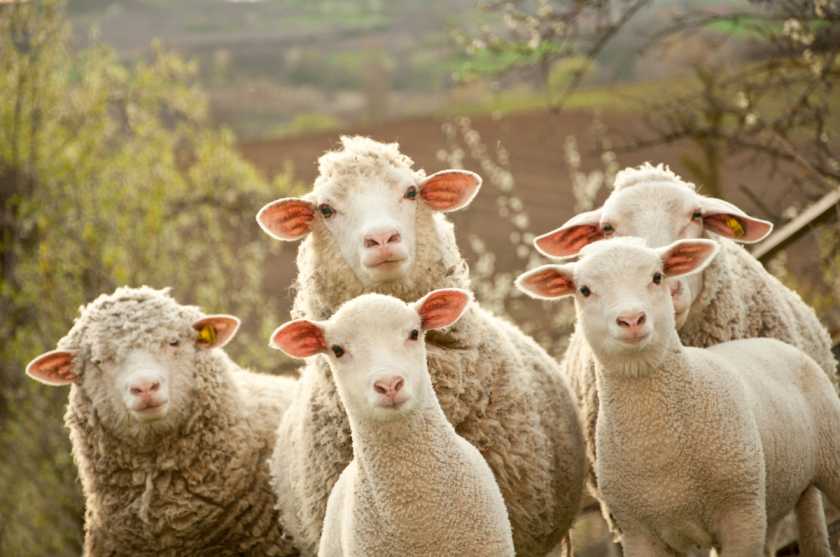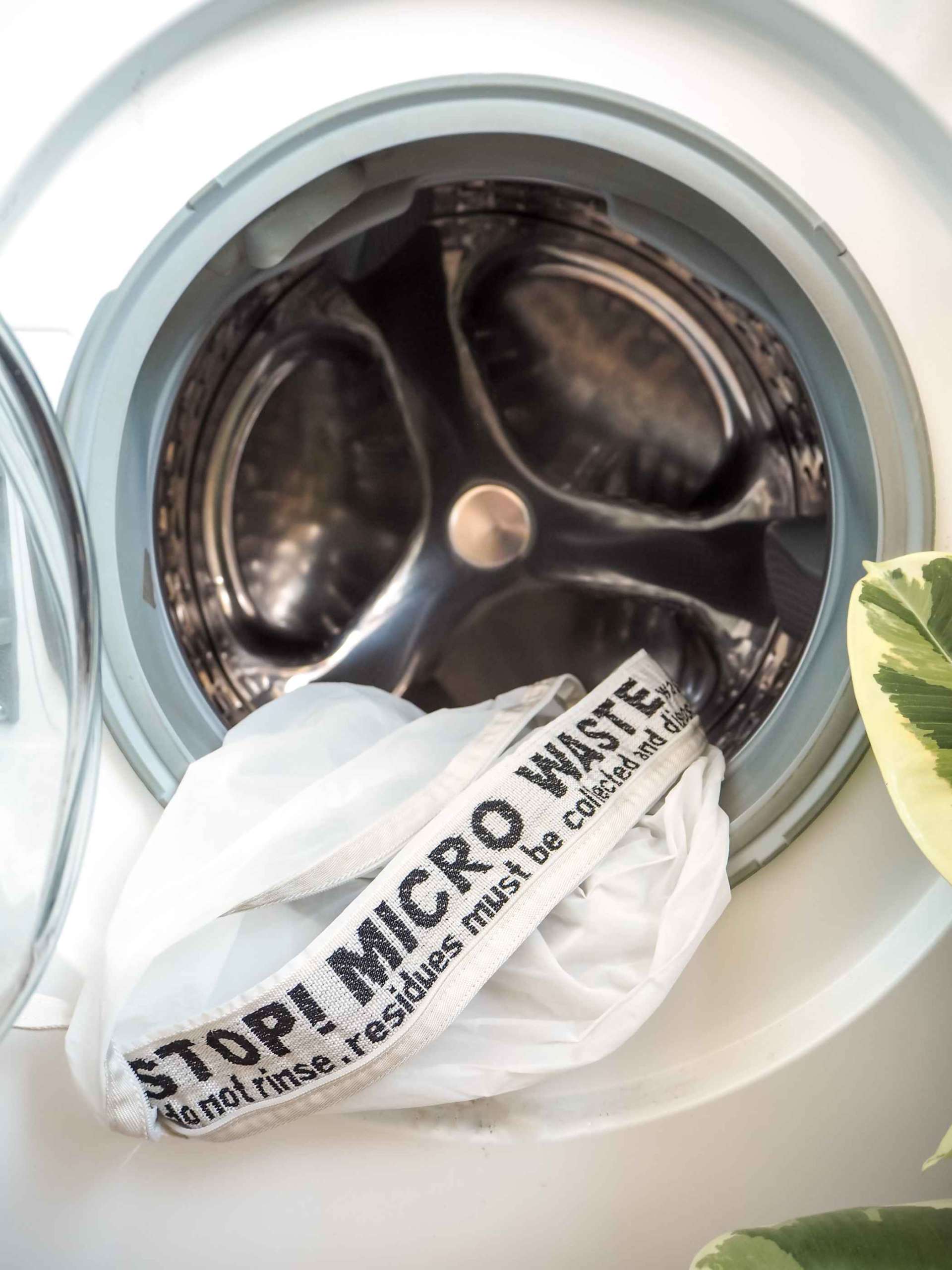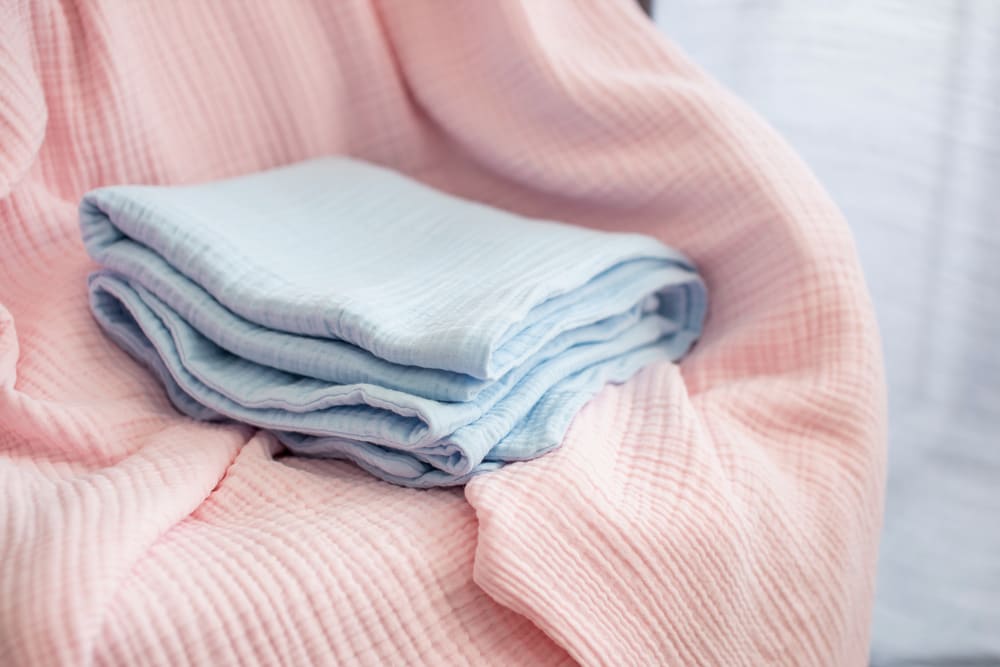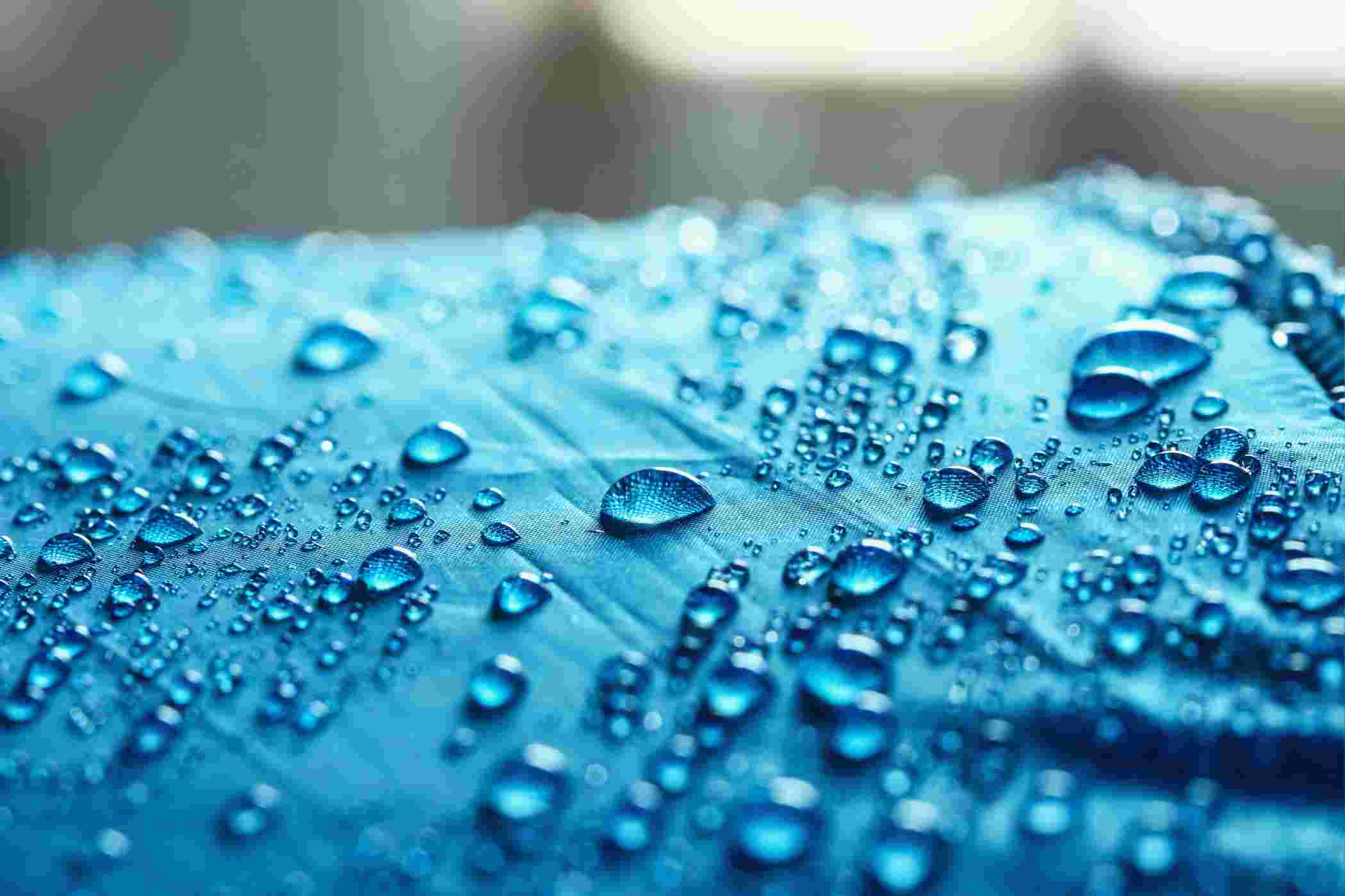Merino Wool: History, Types, Applications, and Other Facts



| Fabric | Merino Wool |
| Types | Broad merino wool, Medium merino wool, Fine merino wool, Superfine merino wool, Ultrafine merino wool |
| Major Producers/Exporters | Australia, The United States of America and South Africa. |
| Used For | Sweater, socks, tights, hats, scarves, T-shirts, blouses, tank tops, athletic wear and blankets |
| Thread Count | Depends on the grade of wool |
| Breathability | Medium |
Merino is a breed of sheep that is prized for its wool. The wool is extremely fine and known for its softness. Merino wool’s distinct properties make it ideal as a material for luxury products. Another plus is the wool’s versatility. To sum up, merino wool is a highly desired fabric in the fashion industry.
A Few Facts on Merino Wool
Merino wool has a rich history. It was once synonymous with royalty and worn by many kings and queens. Today, merino wool is an accessible luxury. Its exquisite softness is a result of highly selective breeding of merino sheep. While traditional wool has the notorious reputation of being itchy, merino wool in contrast feels soft and comfortable against the skin. Merino Wool from Australia has traditionally been the dominant variant in the fashion industry. Over 60,000 Australian farmers are engaged in merino wool farming. These farmers have, over the years, contributed many advancements to the farming techniques of merino wool.
A Brief History of Merino Wool

Merino sheep were first domesticated in Spain around the 12th or 13th century. Careful and selective sheep breeding led to the increased production of fine fibers.
The origin of merino sheep is not fully known. One theory is that merino sheep were exported from Morocco. Others say they originated in Extremadura in Southwest Spain. Merino sheep are also believed to be a selective cross breed between Spanish ewes and imported rams. Regardless of origin, merino sheep undoubtedly possess characteristics common to Arabic and European sheep.
Merino wool production was restricted to Spanish lands for a long time. Well after the 18th century, trade was restricted: merchants were allowed to export very small amounts of merino wool to countries like Sweden. Around 1723, merino wool was exported to the British Isles following improved political relations between Spain and Britain. Gradually, it became a common fabric in Europe.
Perks of Merino Wool
Merino wool is an extremely soft and durable fabric. It is highly absorbent and yet water resistant. The fabric has a natural crimp which adds both strength and elasticity. Also, merino wool has wavy fibres. This allows merino wool to trap pockets of air and makes it a great insulator.
Merino wool is highly breathable and its cooling abilities regulate body heat. Its fine fibers are also suitable for blending with silk or cashmere. This makes merino wool a popular choice for winter underclothes. Another great quality of merino wool is that it is odor resistant. Wool from merino sheep contains lanolin wax which repels odor-causing bacteria. While merino wool products are machine washable (using cold water), it is recommended not to place them in a dryer as they may shrink.
Applications of Merino Wool

Merino wool is commonly used to make sweaters. Other products (especially winter accessories) include socks, tights, hats and scarves. In recent times, shirts, blouses, and even tank tops are made using merino wool. This versatile usage suggests that brands and manufacturers should ramp up production of merino wool products, especially when they are trending in fashion circles.
The small diameter of fine merino fibers makes merino wool rather flexible and pliable. This makes merino wool products, especially athletic wear, suitable for physical activity. In the homewares segment, blankets are commonly made from merino wool.
When to launch Merino Wool items?
Winter is the ideal season for launching merino wool apparel due to its insulating properties. Autumn to early spring is the next ideal time to launch. That said, merino wool is flexible and suitable for physical activity (as we noted above). Brands should target niche demographics such as hikers, climbers, joggers etc. Using the correct marketing strategy, merino wool products can be sold year round instead of on a seasonal basis.
Leading manufacturers of Merino Wool
Australia is the world’s largest exporter of merino wool. Other countries producing large amounts of merino wool include the United States of America and South Africa.
Types of Merino Wool
Merino wool is graded according to the micron width of the fibres. Smaller the width, higher is the grade.
Broad merino wool (23-24.5 microns) is stronger and used mainly for outerwear and other textile applications that do not make contact with the skin.

Medium merino wool (19.6–22.9 microns) is more commonly reserved for blazers, blankets, and other applications in which a certain degree of roughness is admissible.
Fine merino wool (18.6–19.5 microns) is used mostly for luxury or fashionable wears.
Superfine merino wool (15–18.5 microns) is highly potential to compete with cashmere and other impressively fine types of wool
Ultrafine merino wool (11.5–15 μm microns) is most rare, luxurious and expensive.
Environmental Impact
Merino wool is an organic fabric so its environmental impact is minimal. Its fibres are biodegradable so there is no plastic pollution involved. The production process for merino wool also does not utilize toxic chemicals such as pesticides or artificial fertilizers. Likewise, the post-production and finishing processes are also environment-friendly.
Merino wool is thus an ideal fabric for manufacturers seeking to improve their environmental record. That said, there are some issues with wool production as noted below.
Soil erosion is the most common environmental issue associated with wool production. Erosion occurs when sheep are not pastured properly. Poor pasturing practices result in overgrazing which may lead to barren lands and loss of soil fertility.
Animal rights activists also find sheep rearing to involve animal cruelty. Flystrike among reared sheep is a concern as it leads to many sheep deaths. Manufacturers are expected by activists to adopt the practice of mulesing to prevent flystrike.
To date, no major concerns of animal harm have been registered around merino wool production. Wool certification ensures that wool products are made using sustainable and cruelty-free methods. Such certification is obtained from various agencies depending on the region. Examples include Woolmark, USDA or European Commission (if produced in the USA or EU), OEKO-TEX and Global Organic Textile Standard (GOTS).



















